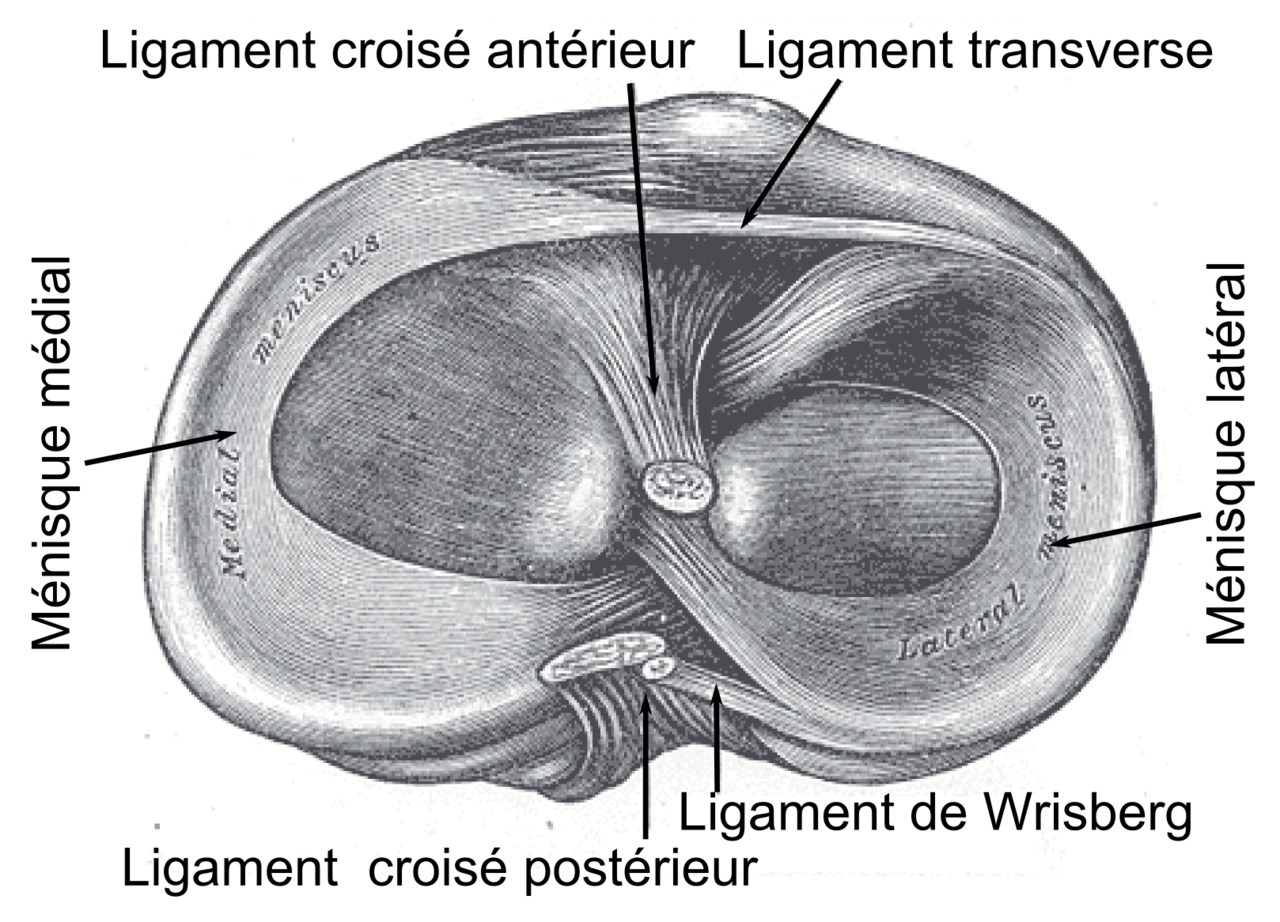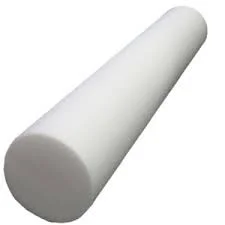Pain can be a complex phenomenon, and complex systems are often nested. That means the system as a whole is composed of smaller subsystems, which are also composed of smaller subsystems and so forth. The reason this is interesting from a practical perspective is that each nested system provides a different level from which we can attempt to explain and treat pain.
Some recent research from the lab of Vania Apkarian has led some very smart people to wonder whether he has discovered the “Holy Grail” of explaining pain – the precise factors that cause some people to develop chronic pain and others to recover.
Read MoreResearch on “sham” surgery shows that the effects of certain orthopedic procedures may be more psychological than physical.
Read MoreWhat’s the difference between a guru and an expert? The dictionary assigns the two words the same basic meaning: someone with a high level of knowledge in a particular field. But the term guru definitely has an unwholesome connotation. People respect experts, but worship gurus, imagining they have totally unrealistic levels of knowledge and power. In the context of science, that's a problem.
Read MorePredictive coding is a hip new model for perception that I have been studying lately. In some ways it is very common sense and intuitive, and in others it is very challenging and mind expanding. I see it as a useful bridge between conventional ways of thinking about perception and something completely new and different. Here’s a post describing what I’ve learned that I find interesting and practical
Read MorePain and movement are pretty complicated right? In a sense yes. But in another sense no. Pain and movement are not complicated, they are complex, which is a different animal.
Imagine you are Elon Musk trying to send a rocket ship to the moon. What sort of thinking process, analysis, modeling, research, predictions, and methods of control would help solve this problem? How would that process be different from solving the problem of say, raising a child?
Read MoreMice make a cute pucker expression when they are tasting something bitter. Scientists recently found they could make a mouse pucker by stimulating a part of its brain involved in the perception of bitterness. Here are several other interesting facts (and some factoids!) about taste that inform my understanding of what causes pain and how to change it.
Read MoreWhy do muscles feel tight? Does that mean they are short? That they can't relax? And what can you do about it?
Here are some of my thoughts about why muscles feel tight and what to do about it.
Read MoreI am going to try to start doing weekly posts that collect some quick thoughts and links from my regular reading. We'll see how this goes. Here are some quick links and thoughts for stuff I read last week.
Read MoreWhat does the word placebo mean? Does the placebo effect involve actual health benefits or just imagined benefits? Is placebo “mind over body” or “all in your head”? Is it unethical to provide a client with placebo treatments? And what about nocebos? In this article I’ll answer these questions and discuss some fascinating research by Fabrizio Benedetti and colleagues.
Read MoreWe can better understand the complexity of chronic pain, and its relationship to other multi-symptom disorders, by learning something about systems theory. The basic idea is that chronic pain is often driven by dysregulation of a “supersystem” that coordinates defensive responses to injury. The supersystem results from dynamic interaction between different subsystems, most notably the nervous system, immune system, and endocrine system.
Read MoreThe idea that posture causes pain has intuitive appeal, and is advocated by numerous experts. But is it supported by evidence? And should you spend time trying to analyze your own posture and correct deviations from what is considered optimal?
Read MoreI just listened to an excellent interview of physical therapist and back pain researcher Kieran O'Sullivan at the PhysioEdge blog. Kieran is part of the group at Pain.Ed, which also includes Peter O'Sullivan, who is, by the way, featured in a very cool video I discussed here.
Read MoreGraded exposure is a key concept in understanding how to reduce pain caused by movement. It's a very common sense idea, and one that most people kind of know at some level, because there is profound truth to it. But it's also an idea that most people will probably fail to put into practice in a systematic way. Here’s a brief discussion of what it is, why it works and how to do it.
Read MoreIn recent years, pain science has become far more widely known, and that is leading to some interesting conversation and also confusion in the fitness, massage and manual therapy communities. Lorimer Moseley and David Butler have been charismatic and influential teachers on this issue. A good example of their work is found in the popular book Explain Pain, which uses neuromatrix theory as a theoretical background. Moseley provides a very accessible and entertaining talk about pain science in this recent DVD video.
Read MoreFoam rolling is very popular. Athletic trainers use it as a part of the warm-up. Physical therapists use it as part of their treatment strategy, often to improve extensibility of “short” tissues. There is very limited evidence about what benefit, if any, foam rolling confers. But there are a few studies showing it leads to short term increases in range of motion that are not accompanied by strength loss. (This is interesting because stretching interventions tend to show increased range of motion that are associated with a loss of strength and power.)
Read More












